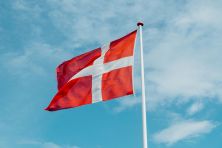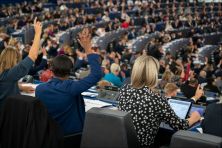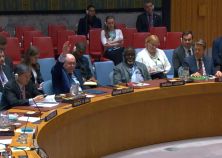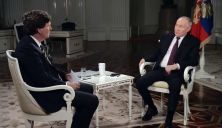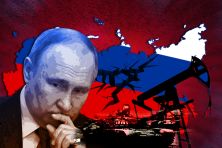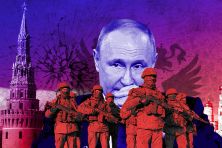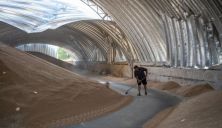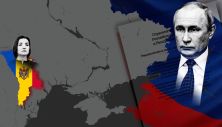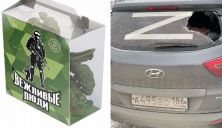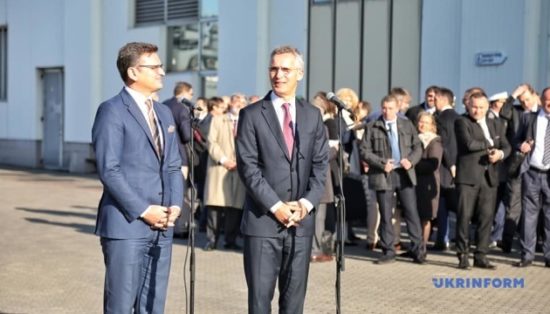
Photo from Ukrinform – UATV
There are three forms of cooperation in NATO-Ukraine relations that will be combined, NATO Secretary General Jens Stoltenberg has said.
He said this at a press conference in Odesa on October 30, according to a Ukrinform correspondent.
“We have a long-standing partnership with Ukraine, and we are constantly strengthening, adapting the partnership with Ukraine. And this spring, we decided to further step up our cooperation in different fields, including in the maritime domain. We already have the National Annual Program, we have the Comprehensive Assistance Package, and we have the NATO-Ukraine Commission, which are all important tools in our partnership with Ukraine. And now we are launching a new initiative, which is aimed at coordinating and bringing together all these different [formats] in a more coherent and even consistent way,” Stoltenberg said.
He mentioned that NATO cooperates with Ukraine through joint exercises, information sharing, and by inviting young Ukrainian cadets to train on NATO ships.
“So we will continue to stand with you,” Stoltenberg said.
Stoltenberg also addressed Russian aggression in the Black Sea.
“All NATO Allies clearly condemned the aggressive actions of Russia, its seizing Ukrainian ships and sailors. This spring we decided to step up our efforts, especially in the area of helping you to strengthen your Navy, your maritime capacities,” =Stoltenberg said.
He stressed that representatives of the North Atlantic Council, the ambassadors of 29 member states of the Alliance, as well as a representative of North Macedonia that will soon become the 30th member of the NATO, accompanied him in the visit to Ukraine.
“The visit today sends a clear message that NATO stands in solidarity with Ukraine. We support your sovereignty and your territorial integrity, and we will provide and we are providing both political and practical support,” Stoltenberg said.
He also addressed the ongoing war in Eastern Ukraine.
“We welcome all efforts to reduce tensions, to withdraw forces and to make sure that we have a peaceful solution to the conflict in eastern Ukraine. […] I welcome the renewed effort and renewed energy from President [Volodymyr] Zelensky to try to find a peaceful solution, and NATO supports those efforts. But, of course, NATO also states very clearly that Russia has a special responsibility to implement the Minsk agreements and that they must withdraw all their troops, all their officers from eastern Ukraine and stop destabilizing eastern Ukraine,” Stoltenberg said.
As a result of Russian aggression, Ukraine is bolstering its naval forces as a self-defense measure.
“Five years have passed since the Ukrainian Navy was forced to leave Crimea as a result of the illegal occupation by Russia. As Russia’s armed aggression continues and intensifies, we are reviving and developing our naval potential. Yesterday, I visited the Slovyansk and the Starobilsk Island-class patrol boats which will soon enter combat duty. However, my main impression is not the boats but decisive readiness of Ukrainian sailors to defend Ukraine,” Vice Prime Minister of Ukraine for European and Euro-Atlantic Integration Dmytro Kuleba said.
NATO and NATO member states help Ukraine to strengthen its Navy, he stressed.
“We appreciate the consistent political support of the Alliance and are grateful to its member states for practical assistance. Security challenges in the Black Sea are not exclusively a problem of Ukraine or the Black Sea. It is a threat to the entire region. When Alliance’s ships enter the Black Sea, this demonstrates the strength of the international community which is able to guarantee the security of the entire region. It is extremely important to see the NATO mine countermeasures group, the minesweepers of Bulgaria, Italy, Romania and Spain in the port of Odesa along with the Ukrainian Navy ships,” Kuleba said.
